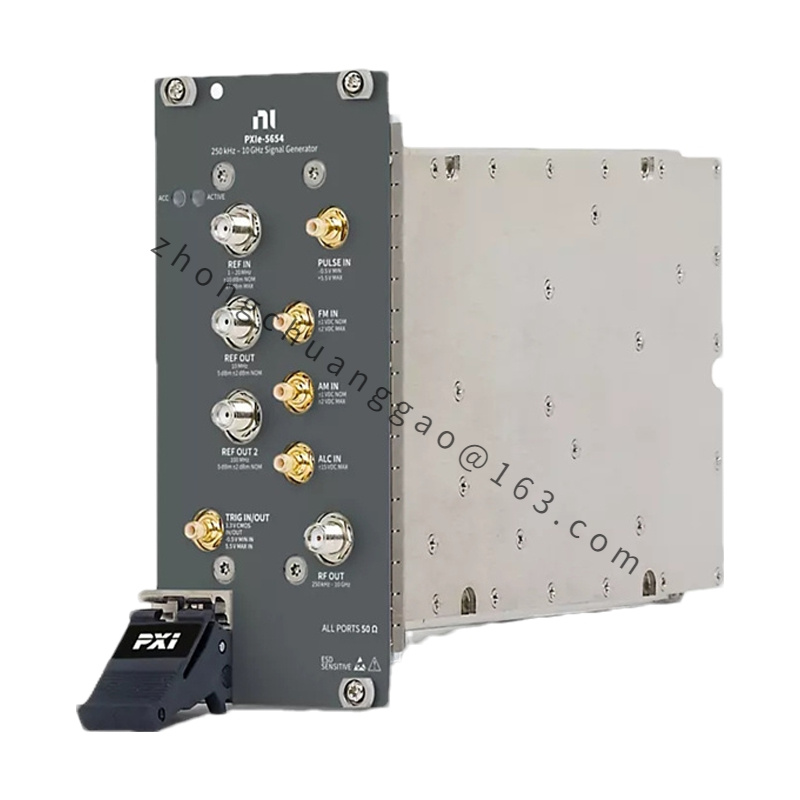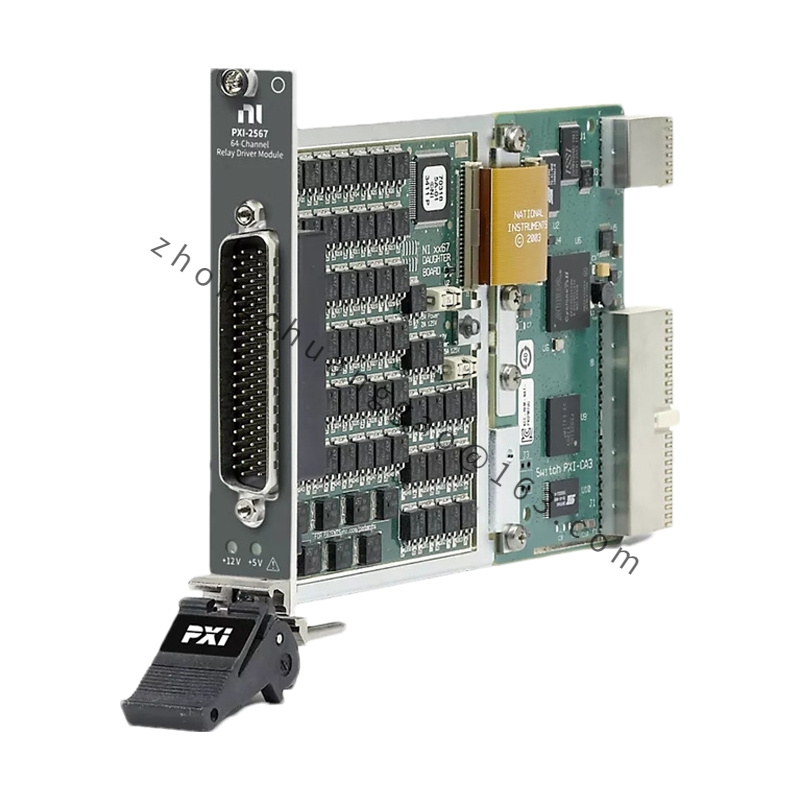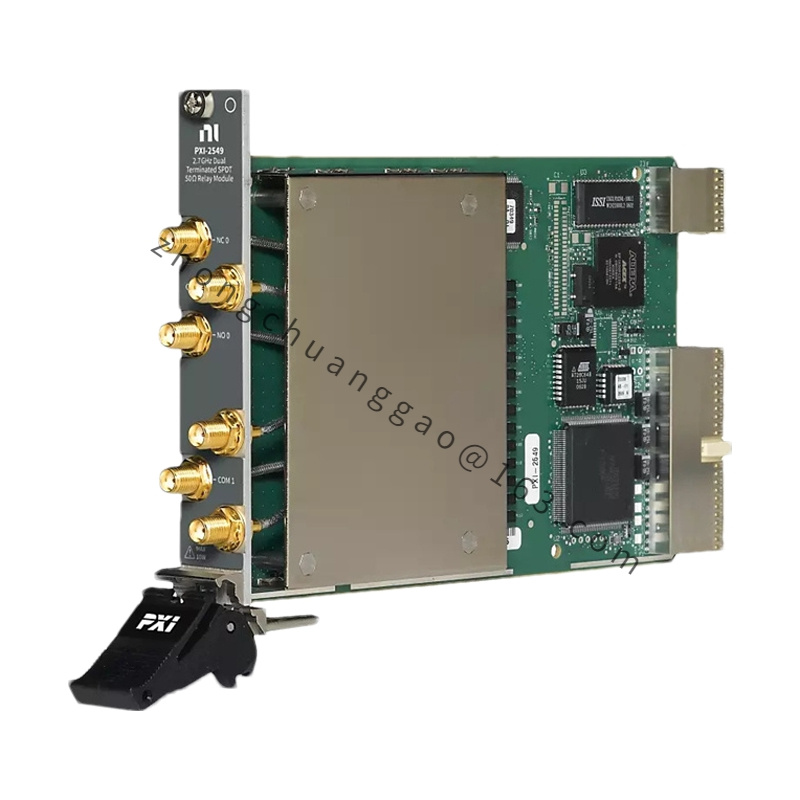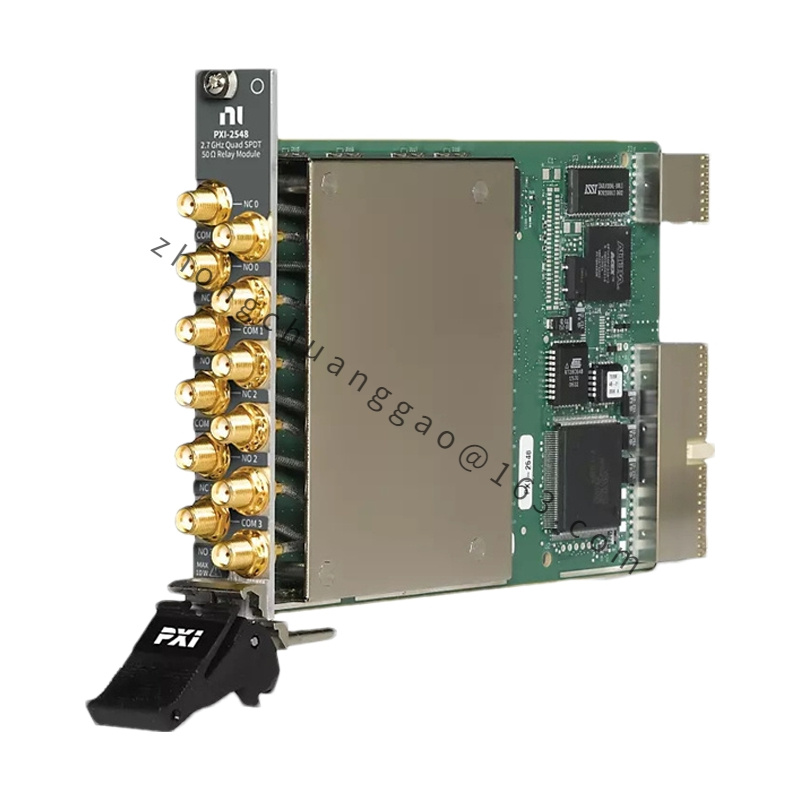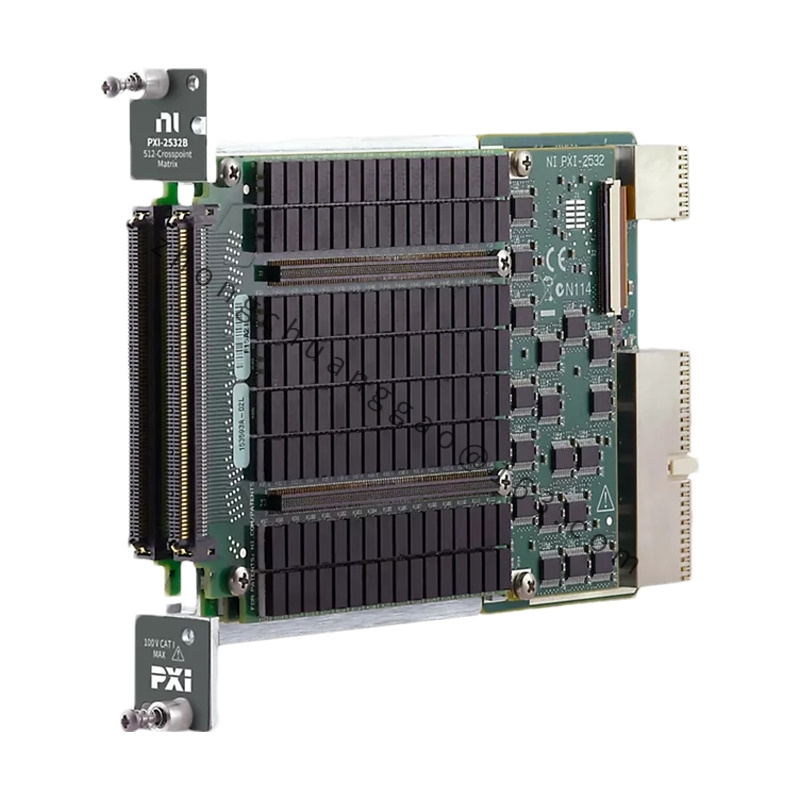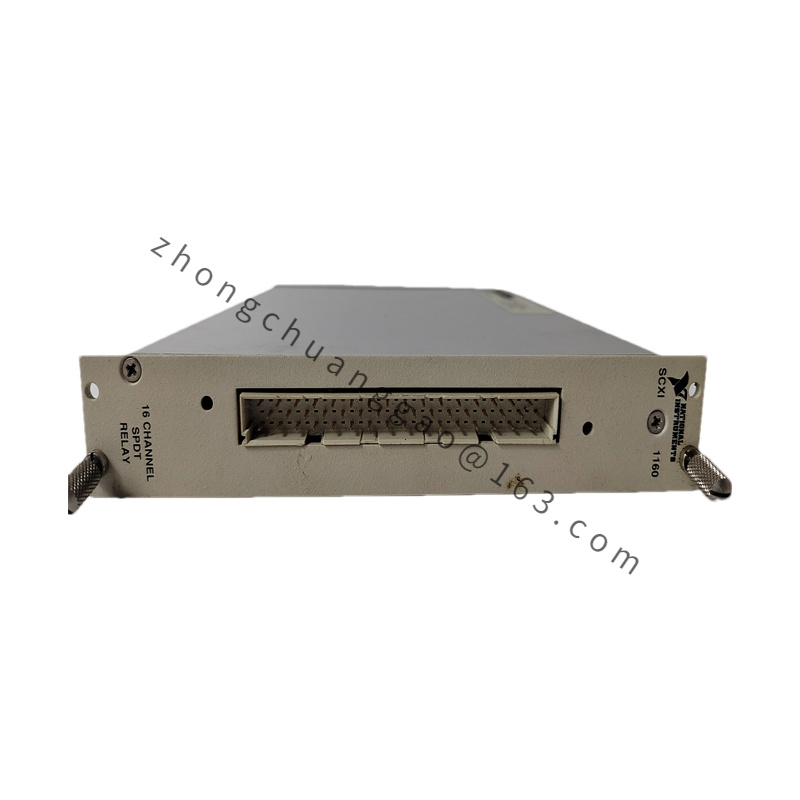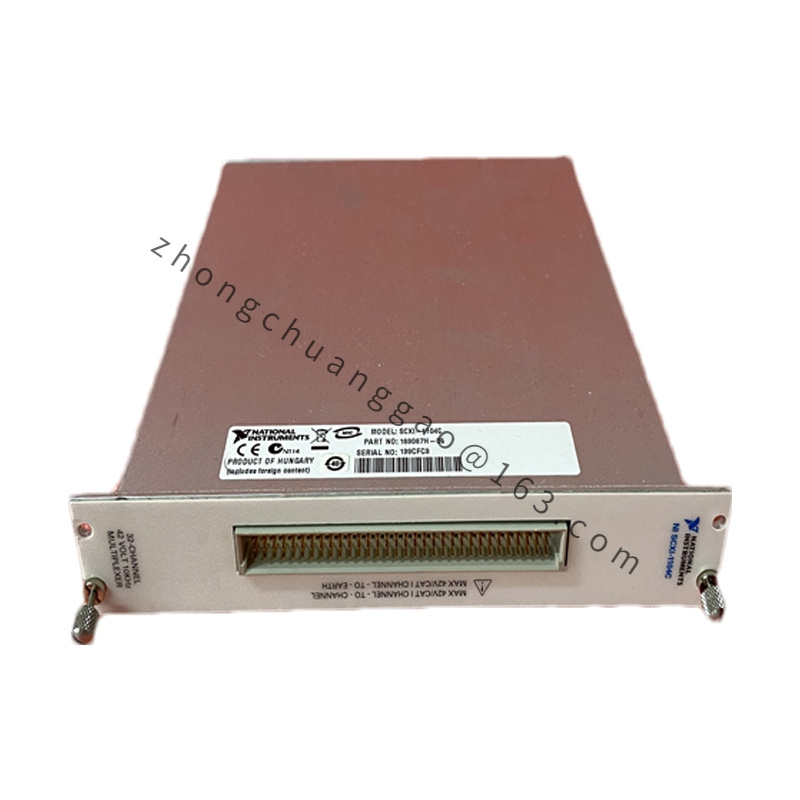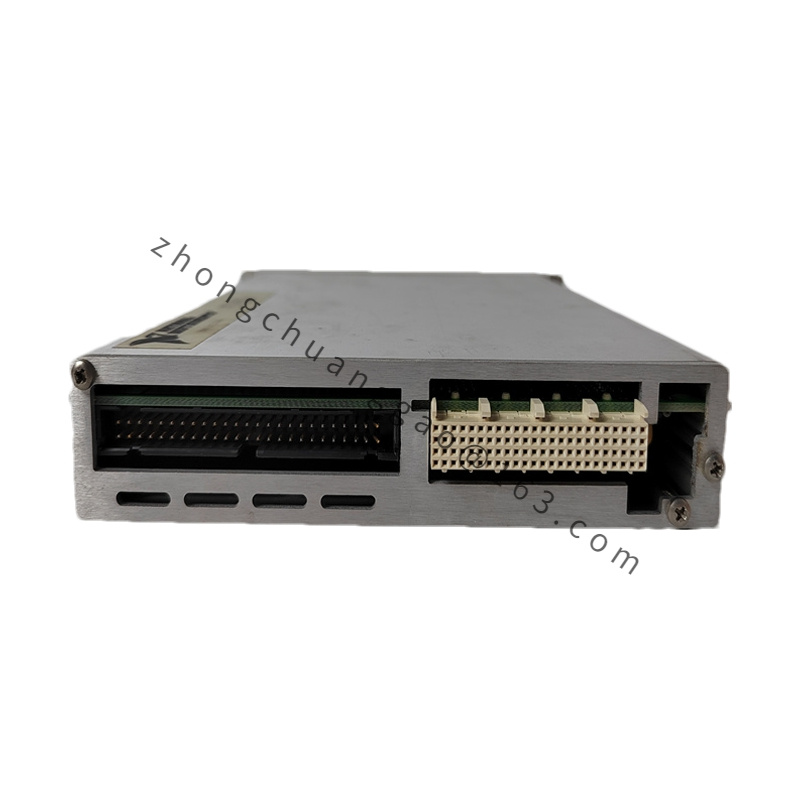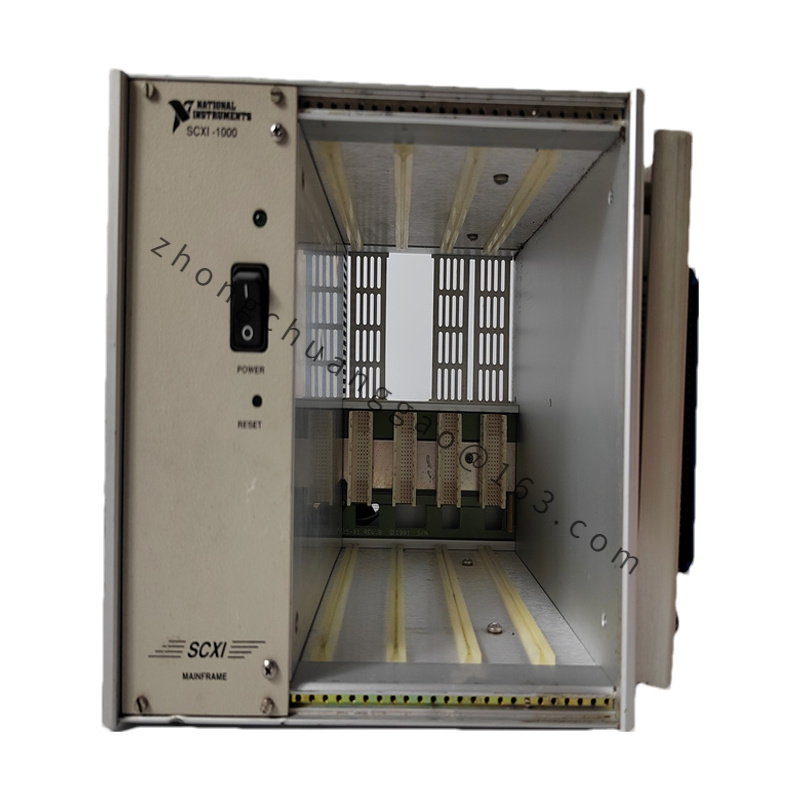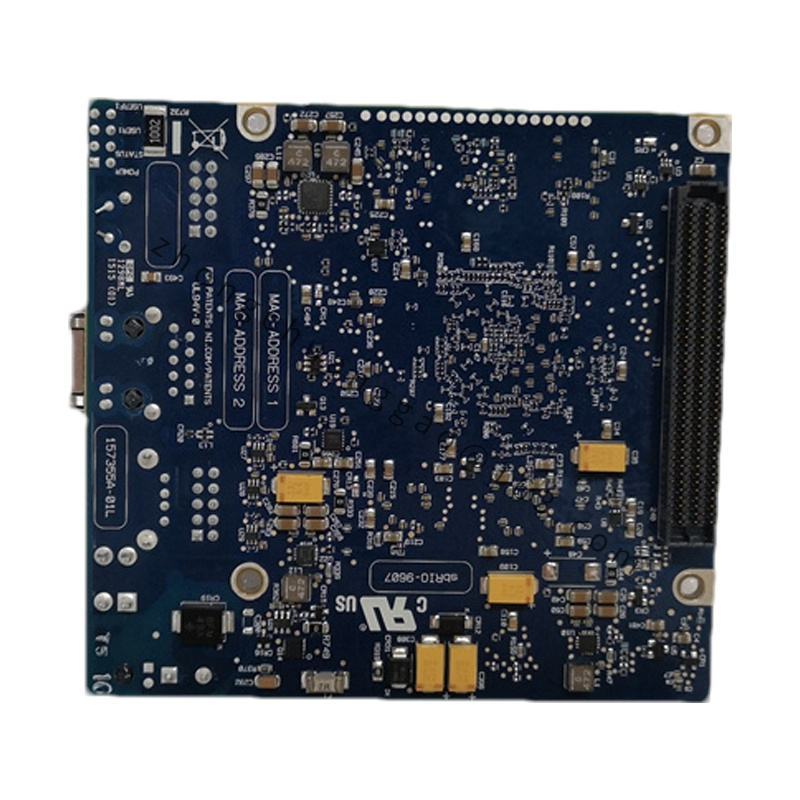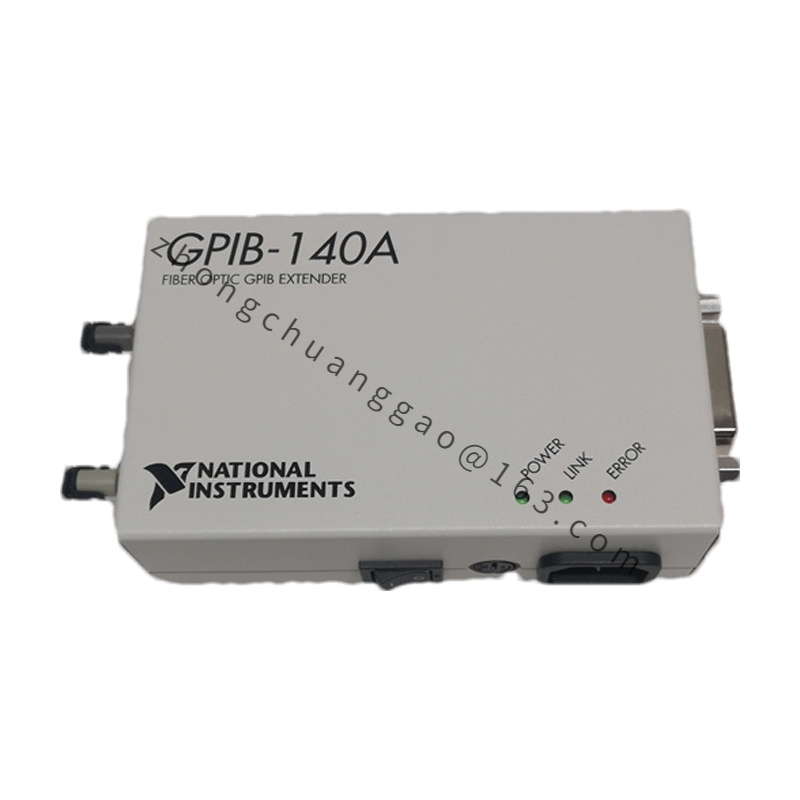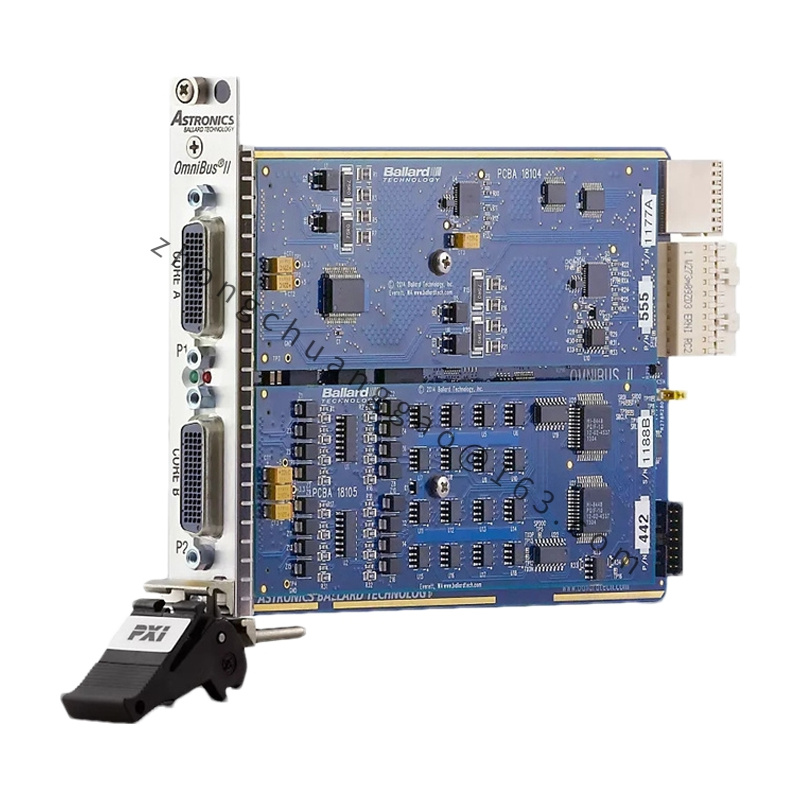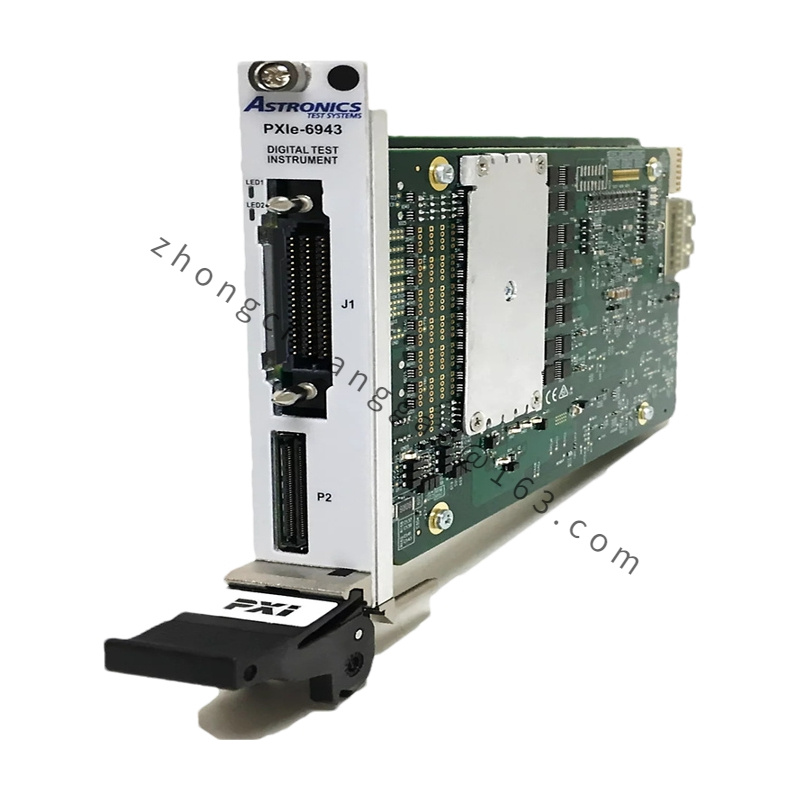Technical Specifications
- Frequency Range:
- Output Frequency Range: 9 kHz to 6 GHz
- Output Power:
- Power Range: -50 dBm to +15 dBm (at 1 GHz, with 0 dB attenuation)
- Frequency Resolution:
- 1 Hz
- Signal Bandwidth:
- Up to 40 MHz
- Phase Noise:
- Typical Phase Noise: -120 dBc/Hz at 1 GHz, 20 kHz offset
- Harmonic Distortion:
- Typical Harmonic Distortion: -60 dBc at 1 GHz, +15 dBm
- Modulation Capabilities:
- Supports AM (Amplitude Modulation), FM (Frequency Modulation), PM (Phase Modulation), and pulse modulation
- Output Impedance:
- 50 Ω
- Connectivity:
- PXIe interface for seamless integration with other PXIe modules and systems
- Calibration:
- Internal calibration ensures long-term accuracy and stability
Functional Features
- Wide Frequency Range:
- The PXIe-5654 covers a broad frequency range from 9 kHz to 6 GHz, making it suitable for various RF applications.
- High Output Power:
- Provides output power ranging from -50 dBm to +15 dBm, offering flexibility in signal amplitude for different testing needs.
- Advanced Modulation:
- Supports multiple modulation types including AM, FM, PM, and pulse modulation, which is useful for simulating various signal conditions and testing communication systems.
- Excellent Signal Purity:
- Features high signal purity with low phase noise and harmonic distortion, ensuring high-quality signal generation.
- Precision Frequency Control:
- Offers precise frequency control with a resolution of 1 Hz, which is crucial for accurate signal generation and testing.
- Flexible Bandwidth:
- Capable of generating signals with bandwidths up to 40 MHz, accommodating a wide range of testing requirements for modern communication systems.
- Software Integration:
- Integrates seamlessly with NI LabVIEW and other National Instruments software, enabling efficient programming, control, and system integration.
Application Scenarios
- RF and Microwave Testing:
- Ideal for generating RF signals in the range of 9 kHz to 6 GHz for testing and validating RF components, systems, and devices.
- Communications Systems:
- Suitable for generating signals for testing various communication systems including cellular, satellite, and wireless technologies.
- Signal Simulation:
- Useful for simulating a variety of RF signals in research and development environments to test and develop new technologies and designs.
- Automated Test Systems:
- Can be integrated into automated test systems for production testing, where reliable and accurate RF signal generation is required.
- Radar and Electronic Warfare:
- Employed in radar and electronic warfare applications to generate complex signals and simulate various scenarios.
- Research and Development:
- Beneficial for creating and analyzing test signals in R&D environments, aiding in design validation and technology development.

